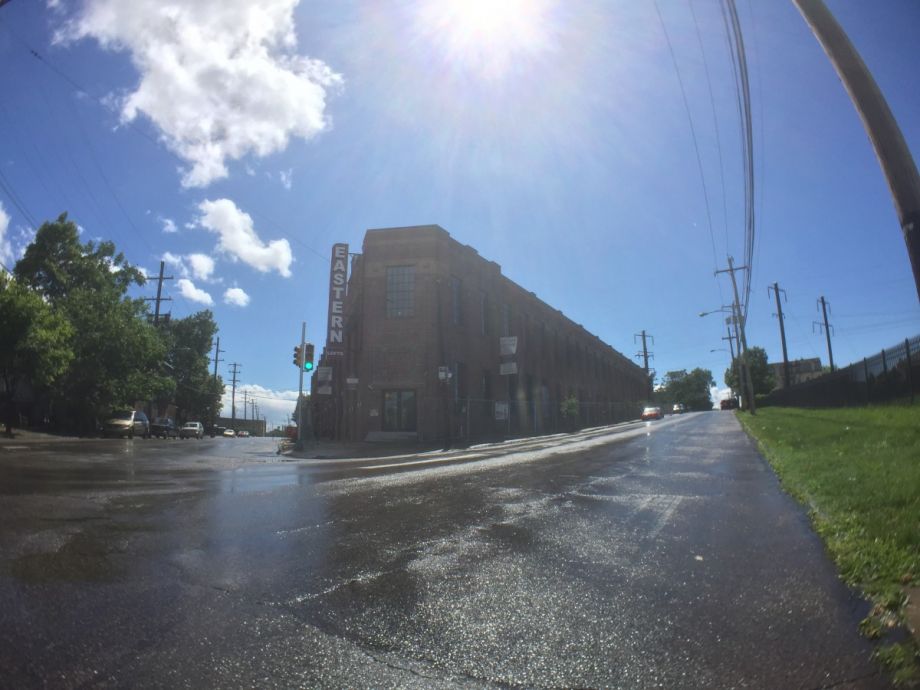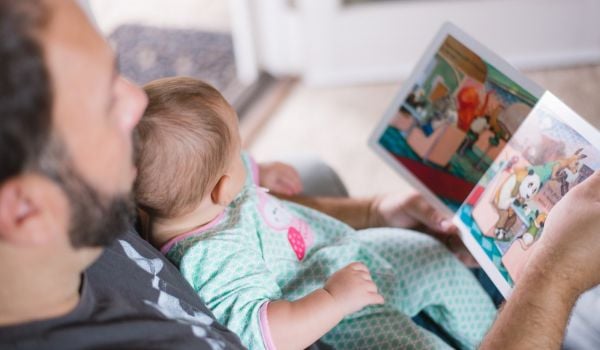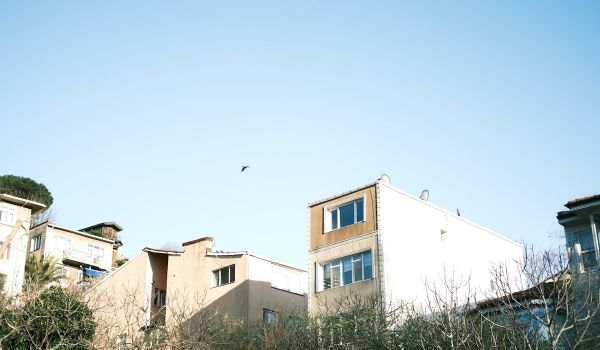A grocery store in northwest Detroit, where 70 percent of customers utilize the Supplemental Nutrition Assistance Program (SNAP), or food stamps.
A historic former commercial garage in North Philadelphia turned into mixed-income housing, small business incubator space and a high-quality childcare facility.
A brand-new northeast Washington, D.C., building where 300 adult students annually will receive job training, 30 homeless and low-income families will have affordable housing, an additional 172 homeless and low-income individuals will have affordable housing, and 10,000 women and children per year will have comprehensive medical and dental care.
These are just a few projects that have recently received financing through the New Markets Tax Credit (NMTC) program. The Community Development Financial Institutions Fund just announced $7 billion in NMTCs, the largest single allocation yet. (The CDFI Fund is a Treasury program that focuses on economic revitalization in underserved communities.)
The high number was a result of combining this year and last year’s $3.5 billion authorized NMTC allocations, so it’s more a scheduling quirk, but is a nice shot in the arm for community development in a time when the recovery has yet to reach many people with low or moderate incomes. NMTCs are meant to attract big investment, typically from large national banks or smaller regional banks, into communities where those institutions would otherwise avoid making large, long-term investments.
Of the combined 2015/2016 allocation, around $4.1 billion will be invested in major urban areas, and another $1.4 billion in minor urban areas, defined as counties in a metropolitan area with a population less than 1 million, including both central city and surrounding suburbs.
“It’s a program that allows us to support the most amazing and diverse and inspiring collection of organizations and initiatives to realize their ambitions for marginalized and distressed communities that can really use their support,” says Antony Bugg-Levine, CEO of Nonprofit Finance Fund (NFF), a CDFI headquartered in NYC with over $250 million in assets and borrowers across the country.
NFF, which works in both urban and rural areas, received a $50 million allocation in this combined 2015/2016 NMTC allocation. Bugg-Levine could not discuss more specific details, as proposed projects are not finalized until after receiving allocations, but he did provide a sense of what is in their pipeline for NMTC projects. In a community troubled by gangs, he says, NFF is going to be able to support building a center where youth can go to avoid getting caught up in the violence.
“There are more worthy projects every year that we, or all of the allocatees put together are able to do,” Bugg-Levine adds.
Indeed, the CDFI Fund received 238 applications for this latest round, requesting an aggregate total of $17.6 billion in NMTCs. The four-stage selection process involved over a hundred community and economic development experts, finance experts and others with community development experience and expertise, some external to government and some internal. The CDFI Fund ultimately allocated the $7 billion in NMTCs to 120 organizations from 36 states as well as the District of Columbia and Puerto Rico.
Community accountability is a key component of the selection process.
“It’s a very important factor,” says CDFI Fund Director Annie Donovan. “You have to have community accountability. The stronger applications have a connection to a local strategy of community and economic development.”
All organizations receiving NMTC funds, known as allocatees, are required to maintain accountability to low-income communities. The NMTC application includes questions about the applicant’s process for determining if a proposed investment aligns with low-income community priorities and how this process affects investment decisions.
It’s common for allocatees to have an advisory board or governing board that consists of target community representatives or community-based organizations. In addition to the number or percentage of low-income community representatives, the application also asks to explain the role, formal or otherwise, these individuals play in setting investment parameters, formulating the pipeline of investments and approving investment decisions.
All of that adds up to a tax credit program that, while it still has room for improvement, gives much more prominence to low-income community voices than probably any other large investment tax credit program. That’s particularly true for the 41 CDFIs or the 17 minority-owned or controlled organizations that are part of the combined 2015/2016 allocation.
NFF’s primary mission is to lend or invest in community-based organizations and initiatives, as opposed to affordable housing or small business.
Bugg-Levine explains, “Because we have a regular lending practice, we know what we can achieve with a tool of community lending, and we are so aware of what the financial support that comes from NMTCs enables us to do above and beyond what we can do simply as a community lender.”
In addition to the actual projects that NMTCs help to finance, there’s a management fee for NMTC investments that goes to allocatees. It’s not often talked about, but it’s helping to strengthen nonprofit community development organizations like NFF.
“It has over the years enabled us to stabilize our own economics as an intermediary,” Bugg-Levine says. “It’s an incredibly important way for us to be able to build our own capacity and attract amazing staff members to be able to do our work, which we wouldn’t have been able to do without the small percentage of the allocation that we are able to keep as a CDFI.”
That said, for this allocation, NFF is taking a smaller fee than it has in the past, knowing that the program can be delivered more efficiently than they originally anticipated.
The NMTC program received a huge, bipartisan vote of support last year, when Congress reauthorized it for five years instead of the previous pattern of one- or two-year reauthorizations. With President Barack Obama’s presidency ending, that gives the program stability under the new White House administration.
“The communities that need this program, that are benefiting from this program run the spectrum,” says Donovan. “It’s an economic engine, stimulating economic development, and that’s not something that’s red or blue.”
Ohio Congressman Pat Tiberi, a Republican and senior member of the House Ways and Means Committee (which oversees the NMTC program) penned an August 2016 op-ed calling to make the program permanent.
“It’s a bipartisan program that helps distressed communities in a way that really brings out super-smart, committed people to work together,” Bugg-Levine adds. “This week of all weeks, how can you not love this.”
The Equity Factor is made possible with the support of the Surdna Foundation.

Oscar is Next City's senior economic justice correspondent. He previously served as Next City’s editor from 2018-2019, and was a Next City Equitable Cities Fellow from 2015-2016. Since 2011, Oscar has covered community development finance, community banking, impact investing, economic development, housing and more for media outlets such as Shelterforce, B Magazine, Impact Alpha and Fast Company.
Follow Oscar .(JavaScript must be enabled to view this email address)













